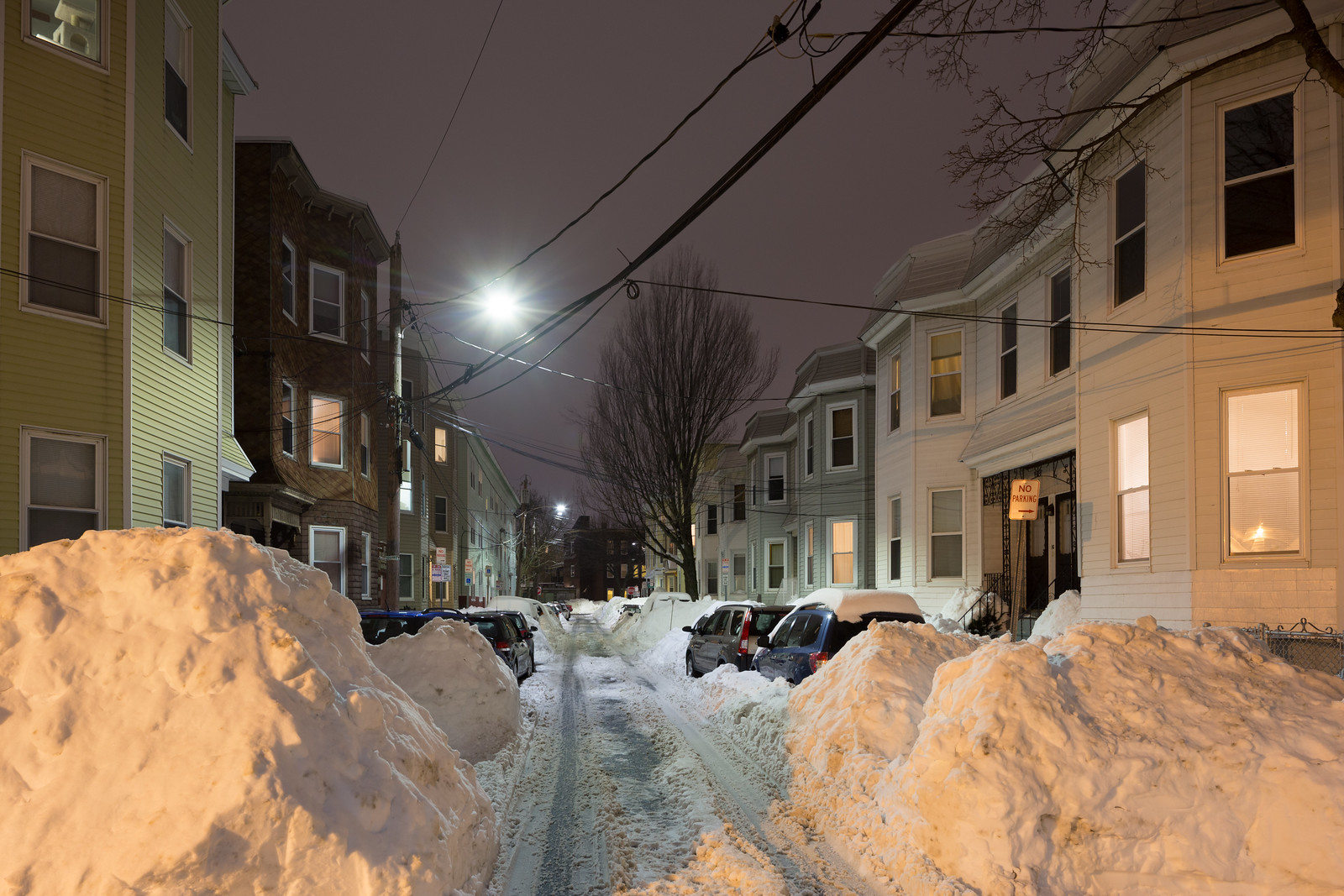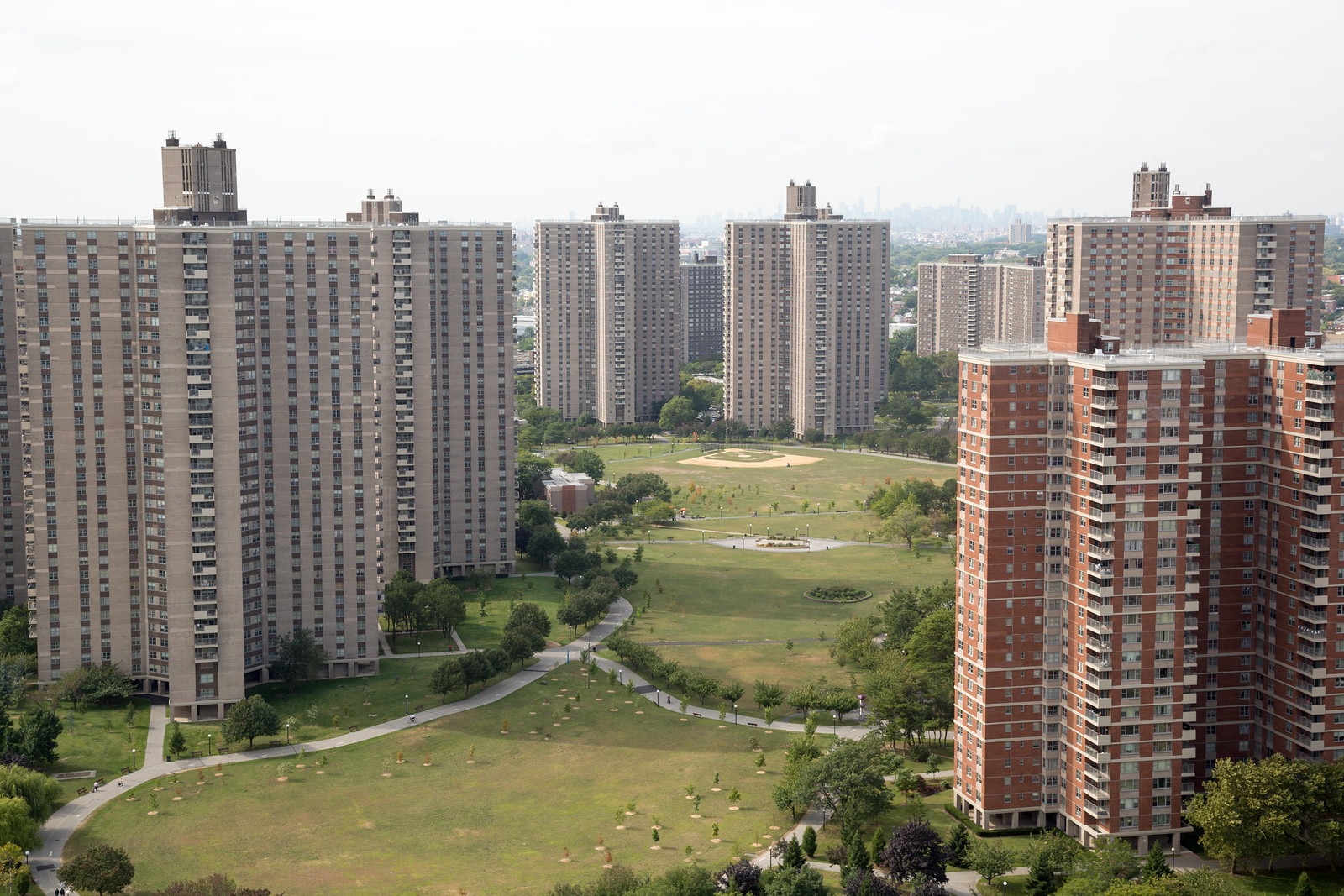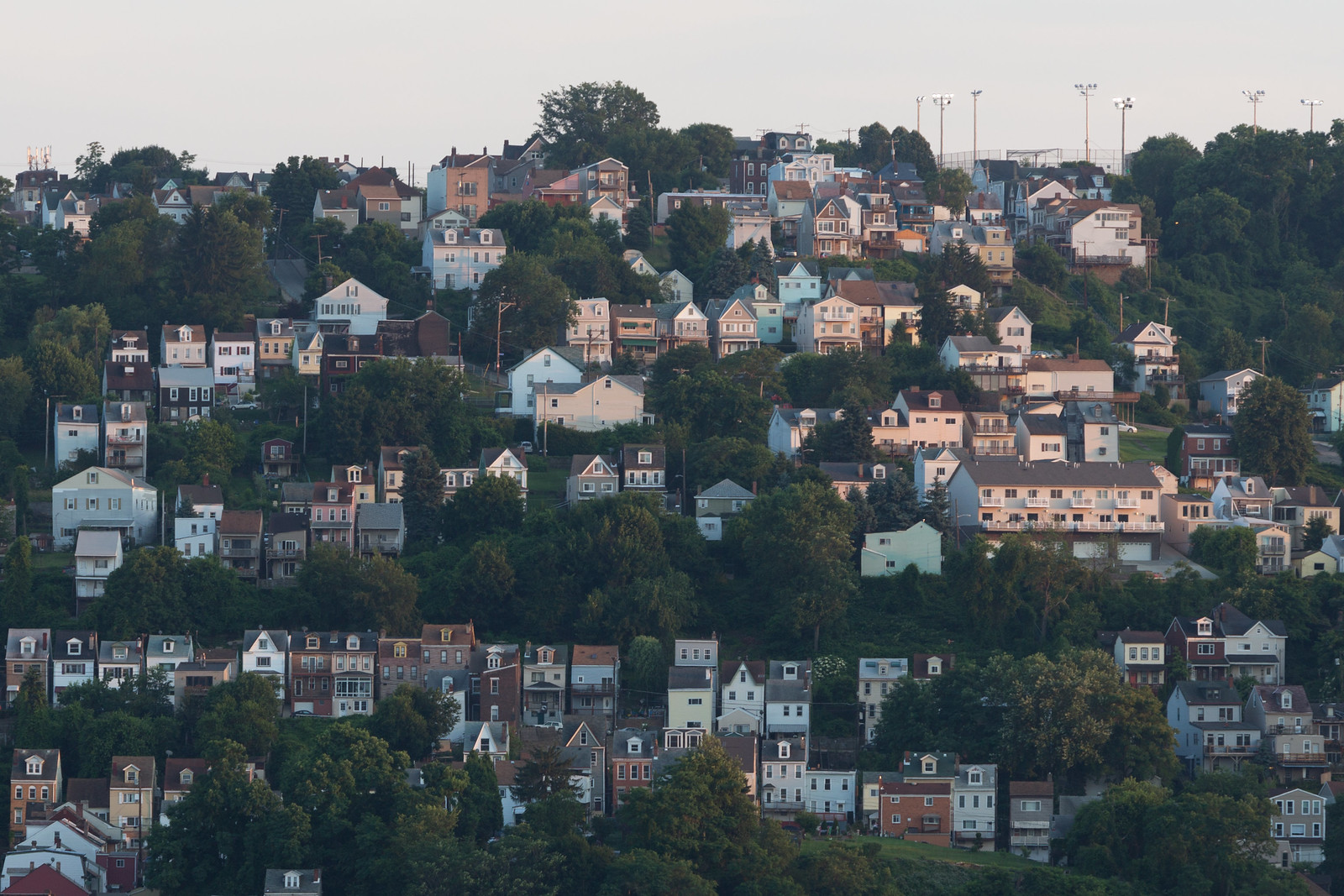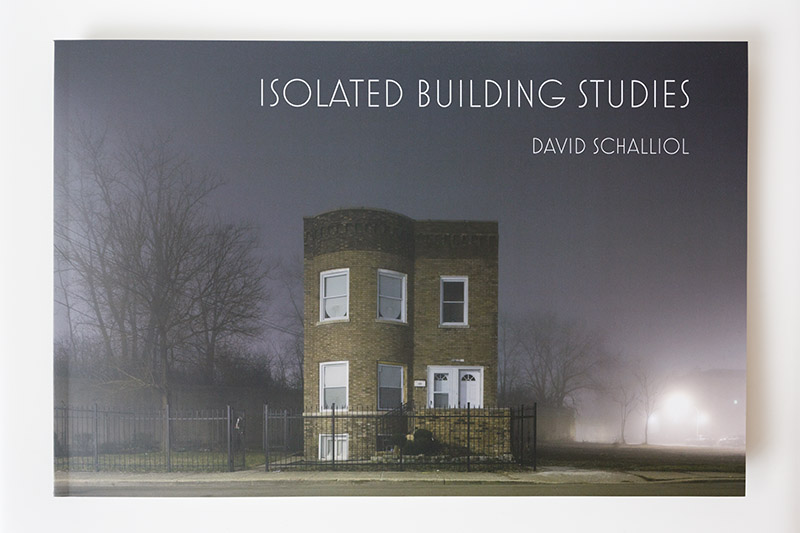Author: David Schalliol
-

Houston, Texas, the Third Ward, and the Energy Economy
Last week I made a short visit to Houston, Texas during the American Collegiate Schools of Planning conference. When I wasn’t downtown, I spent the majority of my free time in the Third Ward, one of the city’s oldest neighborhoods and home to Project Row Houses. The city’s lack of zoning and the neighborhood’s proximity…
-

95 Inches of Snow
This time last year, I was engulfed by the Polar Vortex in Chicago, but this year I am in the Boston area for its record snowfall. The region has received nearly 8 feet (2.4 meters) of snow in the last few weeks, and additional precipitation is forecast. Unfortunately, the area’s public transportation infrastructure is woefully…
-

Another Year of Projects and A Little Travel
Even more than 2013, I spent 2014 working on projects, including the films Almost There and The Area, and photography series about subsidized housing in New York City and Japan’s Tōhoku region. When not working on those projects, I continued to travel through the United States, often to work on my ongoing collaboration with Michael…
-

Pittsburgh and its River Towns
I recently visited Pittsburgh, Pennsylvania to present at the International Visual Sociology Association‘s annual meeting and explore the region. I particularly enjoy working in Pittsburgh, but my time photographing the end of an era in Johnstown instilled an interest in the region’s smaller towns. When I visited Pittsburgh in 2011, I made sure to spend…
-

Visiting Japanese Cities
The most challenging portion of my trip to Japan was the time in Tōhoku’s recovering disaster areas, but I spent the majority of my visit in urban Japan. The first half of my trip was structured around Kobe, where I was exhibiting my Isolated Building Studies, and Tokyo served as the base for the second…
-

New Book: Isolated Building Studies
I am excited to announce that the Japanese photography book producer Utakatado has just published Isolated Building Studies, the first book dedicated to my Isolated Building Studies project. The 56-page softcover book is 7.5″ x 11.5″ and features 36 of my favorite photographs from the series, including the images in the below thumbnails. Additional images…